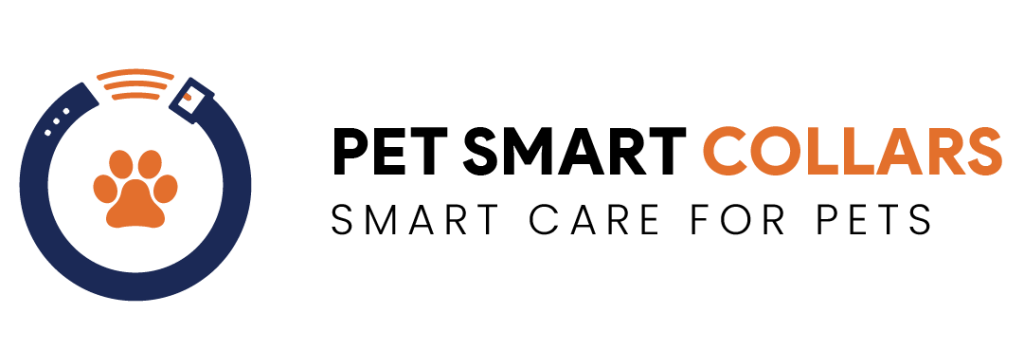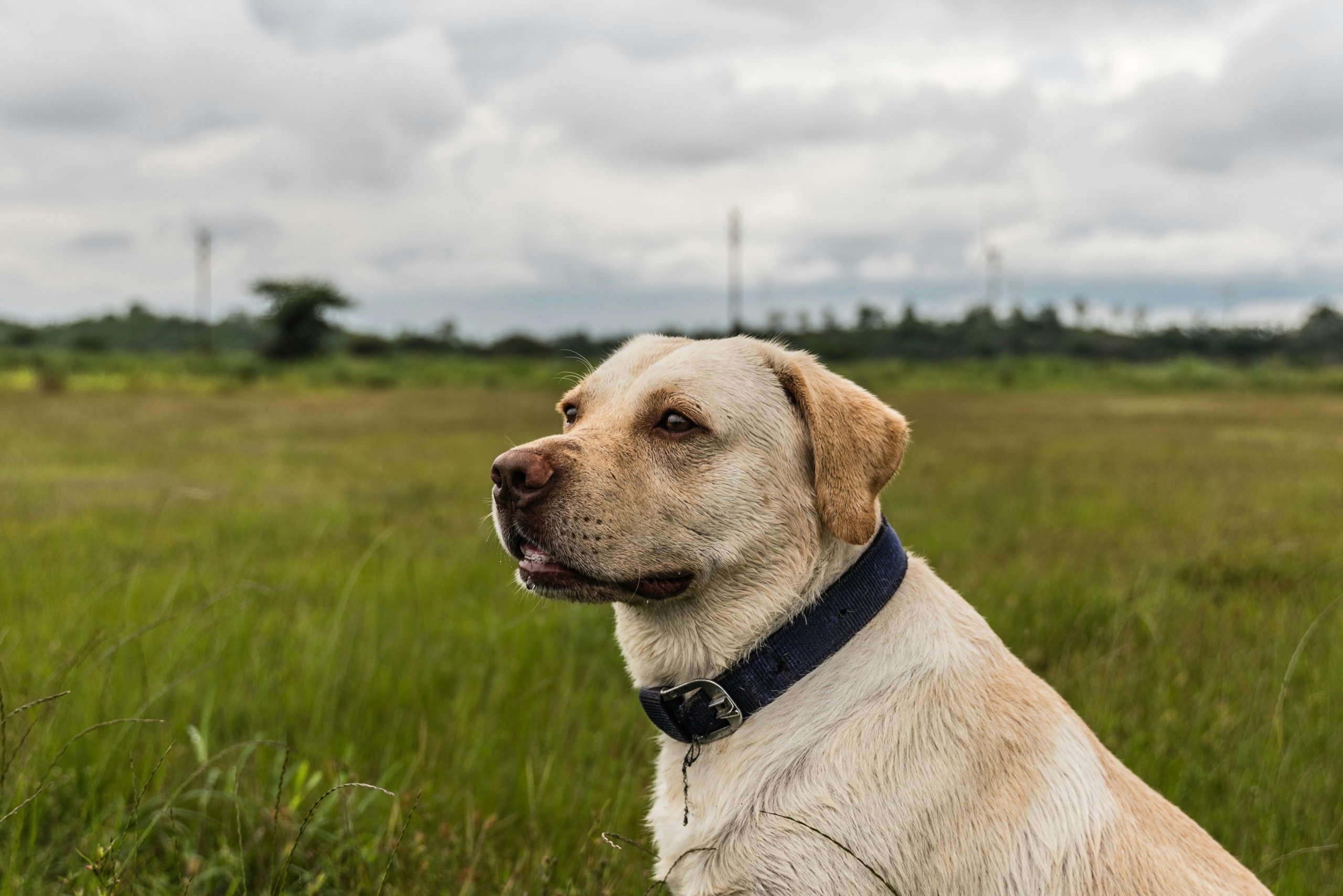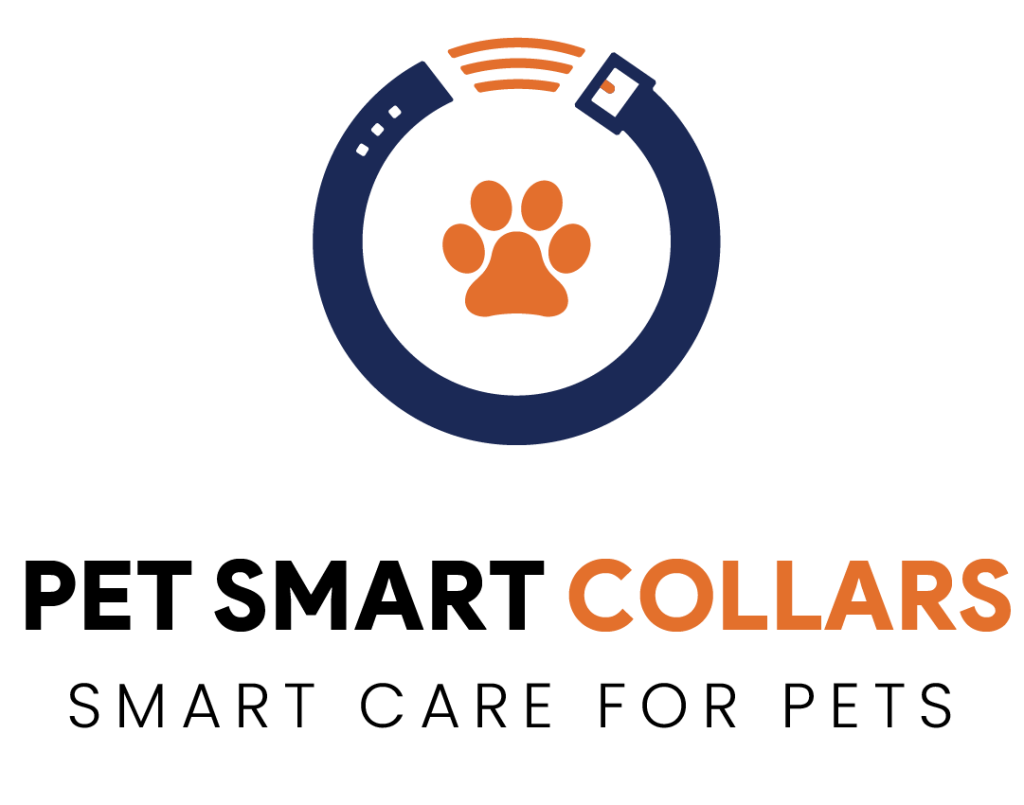Many factors affect the best dog training collar, including the breed, size, temperament, and specific behavioral goals of your dog
A plain collar is appropriate for most dogs, but if your dog tugs or barks too much, there are many different collars available. In this article, I will discuss several dog collars and how they might help you teach your furry pet.
Different Types of Collar Training
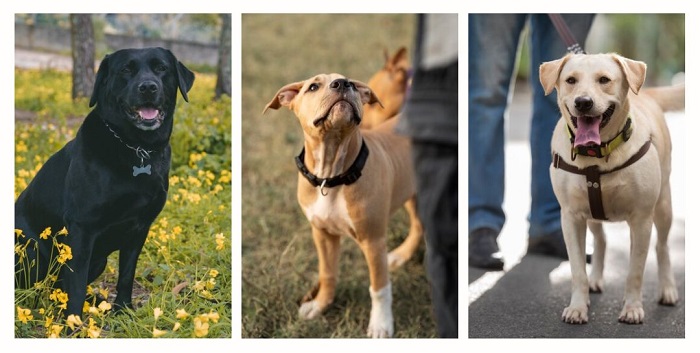
There are different types of collars for different training methods. I have categorized them into three parts
- Regular collars (for casual use)
- Harsh collars (for punishment and hard training)
- Collars for specific use ( for a specific goal such as e-collar)
Now let’s get into detail and check which type of collar suits your dog’s needs and how it may be helpful.
Regular Collars
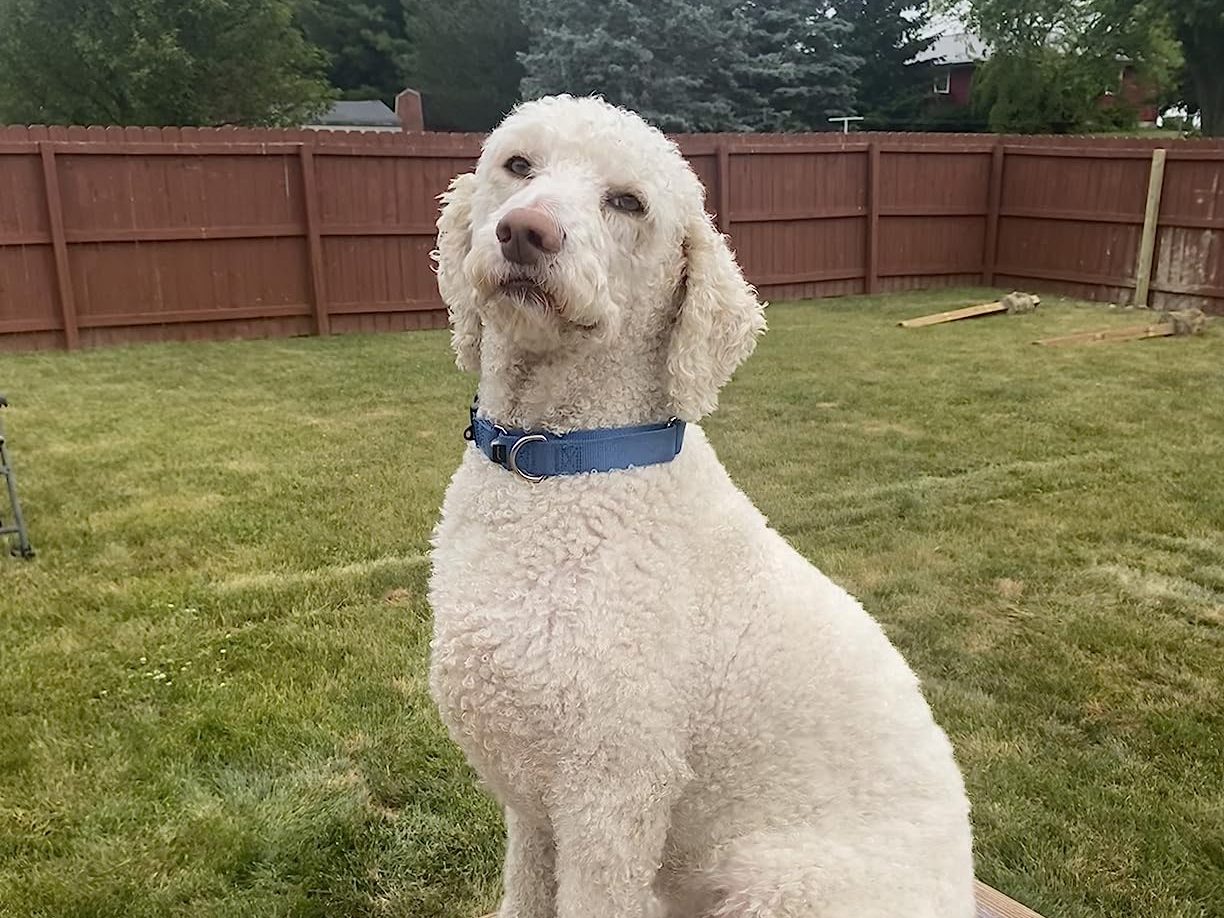
The standard collar, often called the flat collar, is the most common collar for dogs. They’re soft and comfortable, designed to buckle or snap closure around the neck.
Different materials, such as nylon, wool, or fabric, cater to different tastes and budgets. If your dog is well-behaved and doesn’t need extra reinforcement, a standard collar will suffice.
These come in a variety of shapes and colours .
Here are some regular collars that your dog might need
- Flat Collar
Flat collars are usually made from a variety of materials, such as nylon, wool, or fabric, providing a variety of practical and beneficial options.
The primary purpose of a flat collar is that it holds labels that identify the dog, providing address and owner’s contact information.
One of the best flat collars is the Pet Safe Martingale Collar with Quick Snap Buckle
- Martingale Collar
A martingale collar is a type of dog collar designed to maximize a dog’s control without the snatch of a traditional strangulation chain.
It has two loops: a large one that fits around the dog’s neck and a smaller one that tightens as the rope is tightened. The smaller loop is usually made of a soft material such as cloth, sometimes called the ” limited slip” aspect.
Martingale collars are frequently used during walks and training to keep the dog firmly linked to the leash, eliminating drag and minimizing pain or harm. To cater to varied preferences, they provide a variety of items and alternatives.
The most commonly used martingale collar is the RC Pets 1″ Martingale Training Collar
- Head Collar
A headband or head collar is a dog collar designed to cover a dog’s head and muzzle.It consists of two main straps around the dog’s head and neck. One band encircles the dog’s hair, while the other band encircles its nose and mouth. These lines are usually connected by a ring under the dog’s nose.
The main feature of a head collar is that it controls the dog’s head and provides the dog with a handler for direction and movement. When gentle pressure is applied to the leash attached to the head collar, the dog’s head turns in the desired direction, deflecting their attention and preventing them from being pulled away.
Unlike traditional collars or body restraints, the head collar works by controlling the dog’s head thus allowing them to better control their behavior.They are often used as a training tool to teach dogs to walk politely on a leash.
Halti Optifit Headcollar and Training Lead Combination Pack is one of the best head collars for dogs.
Harsh Collars
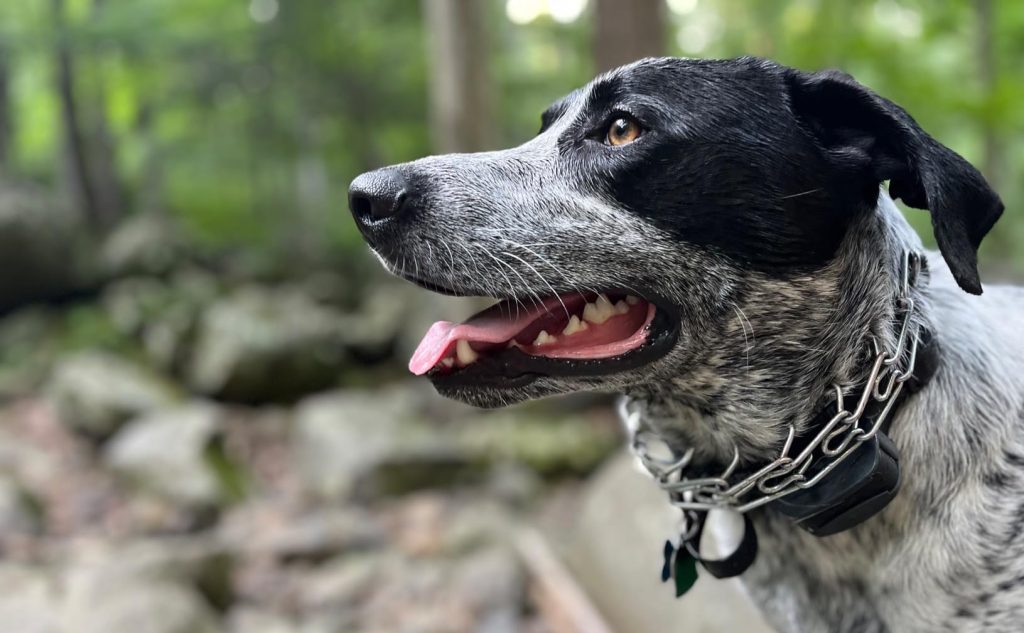
Harsh collars are collars that are designed to exert pressure or control over a dog through negative reinforcement methods that cause discomfort for your pet.
These collars are designed to provide negative feedback when the dog exhibits inappropriate behaviour, with the goal of discouraging that behaviour.
Here are the collars that are considered harsh for dog training .
1.Choke Chain Collars:
A choke and chain collar, also known as a slip collar or choke collar, is a type of dog collar designed to protect a dog’s neck from strain on a leash that has a chain that gives it the appearance of a loop.
Choke chain collars are used for a few specific purposes:
- Prevents Pulling:
Chokes and chain collars are often used as training tools to discourage dogs from pulling on the leash while walking. When a dog pulls, his collar becomes tight and makes him uncomfortable. In this way, the dog will learn to associate the pull with the discomfort, and eventually stop pulling.
- Quick Correction:
They can be used to quickly correct certain actions, such as jumping, or scowling. You can quickly pull on the leash to get your dog’s attention or interrupt unwanted activities.
Some commonly used Chock chain collars are
2.Prong or Pinch Collars
Prong collars, also known as pinch collars, are a type of dog collar, designed to keep the dog in control by applying pressure to the leash and putting pressure on the dog’s neck.
They are made of a series of knotted metal hooks.
A prong collar (pinch collar) works by
- Pressure and Discipline:
If the dog pulls on the leash or engages in unwanted behaviour, the dog’s collar tightens, and the leash digs into the dog’s neck. The purpose of this pressure is to act as a corrective or deterrent to discourage the dog from continuing unwanted behaviours.
- Controls:
Prong collars are often used for dogs that pull hard or are difficult to control when walking. They provide a way to manage the dog’s behaviour by controlling the dog through indirect harm.
Some of the best prong collars are :
3.Shock Collars
Shock collars, or electronic collars are used in dog training to apply electrical or other electronic stimulation to the dog when activated by the trainer.
These collars have two main features:
- Receiver Collar:
This is a collar that is worn around a dog’s neck. It contains electronics necessary for stimulation and usually has metal contacts or electronics that connect to the dog’s skin.
- Remote Control:
The handler or owner of the dog wears a handheld remote control device. These devices are used to activate the collar, delivering a shock or stimulus to the dog.
Shock collars are often used for a variety of training purposes, including obedience training and behaviour modification.
The idea behind the use of shock collars is to discourage unwanted behaviour by associating it with discomfort or pain.
For example, if the dog continues to bob, the owner can use a shock collar to deliver a shock whenever the dog barks, in hopes that the dog will learn to stop barking to avoid discomfort.
Some of the best Shock collars are:
- Sport DOG Brand Sport Hunter 825X Remote Trainer
- Educator E-Collar Humane Dog Training Collar with Remote
Collars for Specific Use
1.Bark Control Collars:
Bark control collars help to prevent excessive barking in dogs. They generally work by producing stimulation such as vibrations, sounds, and gentle, steady growls, when the dog barks excessively.
These collars are used to reduce dog barking but they must be used carefully to avoid causing any distress.
Some of the best-reviewed Bark control collars are :
2. Flea/Flea Collars:
Flea and flea collars contain chemicals that repel or kill fleas and ticks and protect dogs from these common pests This collar is a simple form of protection long time from attack and is usually replaced every few months.
You can check our article on Best Flea Collar for Dogs for choosing the right flea collar for your dog.
3.Vibration Collar:
Vibration collars use vibration as a way to communicate with clients. It is often used for training or for attention or hearing-impaired dogs. These collars can give a gentle vibration as signals for commands or warnings.
Vibrating Collars you should consider are:
4.Elizabeth Collars :
Elizabeth collars, also known as e-collars or cone collars, are usually cone-shaped plastic collars that are placed around a dog’s neck to prevent them from tearing or scratching sores, bruises or hot spots They are often used after surgery or to protect healing wounds.
Some commonly used Elizabeth collars are :
- Soft Edge Elizabeth Circle Anti-bite Protective Shield Neck Collars
- Adjustable Pet Cone Soft Edge Elizabeth Circle Anti-bite Protective Shield Neck Collars
- GPS Collars:
GPS collars are equipped with GPS technology to allow the dog owner to track the real-time location of their dogs. They are often used to watch dogs while outdoors or to find a lost pet.
A GPS collar provides peace of mind by ensuring that you can see your dog if they wander. This collar serves a specific purpose and relates to the dog’s welfare, behaviour and various health issues. If you want to compare the top options available today, check out our detailed guide on the best GPS dog collars, where we review trackers for different needs such as hiking, hunting
Some commonly used GPS collars are:
- How to Clean Dog Collars?
FAQs
- How to measure your dog’s neck for a collar?
To ensure a proper fit you must follow the following steps
Firstly, use a piece of small measuring tape or wire then wrap it gently around your dog’s neck.
Make sure it is good but simple. If you use a string, mark the connecting point.
Next, lay the wire flat and measure the length from the end to the marked point. This measurement will give you the diameter of your dog’s neck.
When you are choosing a dog collar, compare this measurement to the collar size chart that is provided by the manufacturer to make sure a proper fit for your dog.
When it comes to washing your dog’s collar, there are two types of dog collars, Washable and Non-washable dog collars. Washable collars can be washed directly with water but non-washable collars are to be cleaned with a cloth or sponge.
It depends on the type of collar you are using.
If you want to know a detailed step-by-step way of cleaning then you should check our article on How to clean dog collars
Conclusion
Dog collars have many purposes, each designed to meet a different need in the world of dog training. From flat everyday collars to specialized equipment like bark control collars, flea/tick collars, vibration collars, Elizabeth collars, GPS collars and more, there is a collar for almost every stage of a dog’s life.
It’s important to take your dog’s size, temperament, training objectives, and medical requirements into account when selecting a collar. Put your dog’s well-being and comfort first, and a consultation with a professional dog trainer or veterinarian can help you make informed choices.
After all, dog collars are valuable tools that help with a dog’s safety, training, and overall life. When chosen and used properly, they enhance the bond between dogs and owners, promoting health and happiness.

